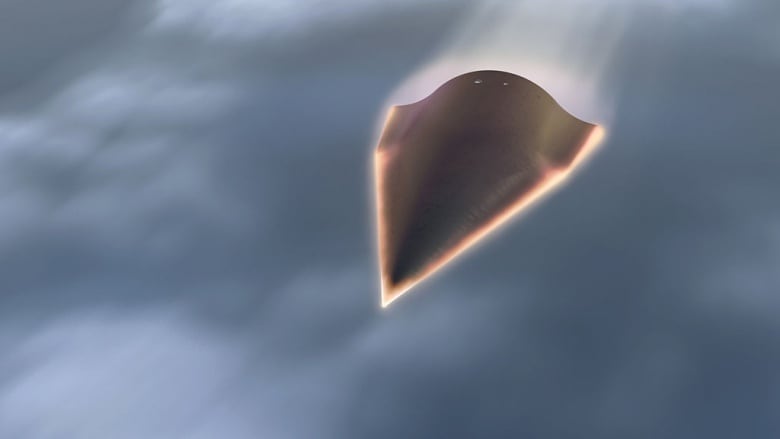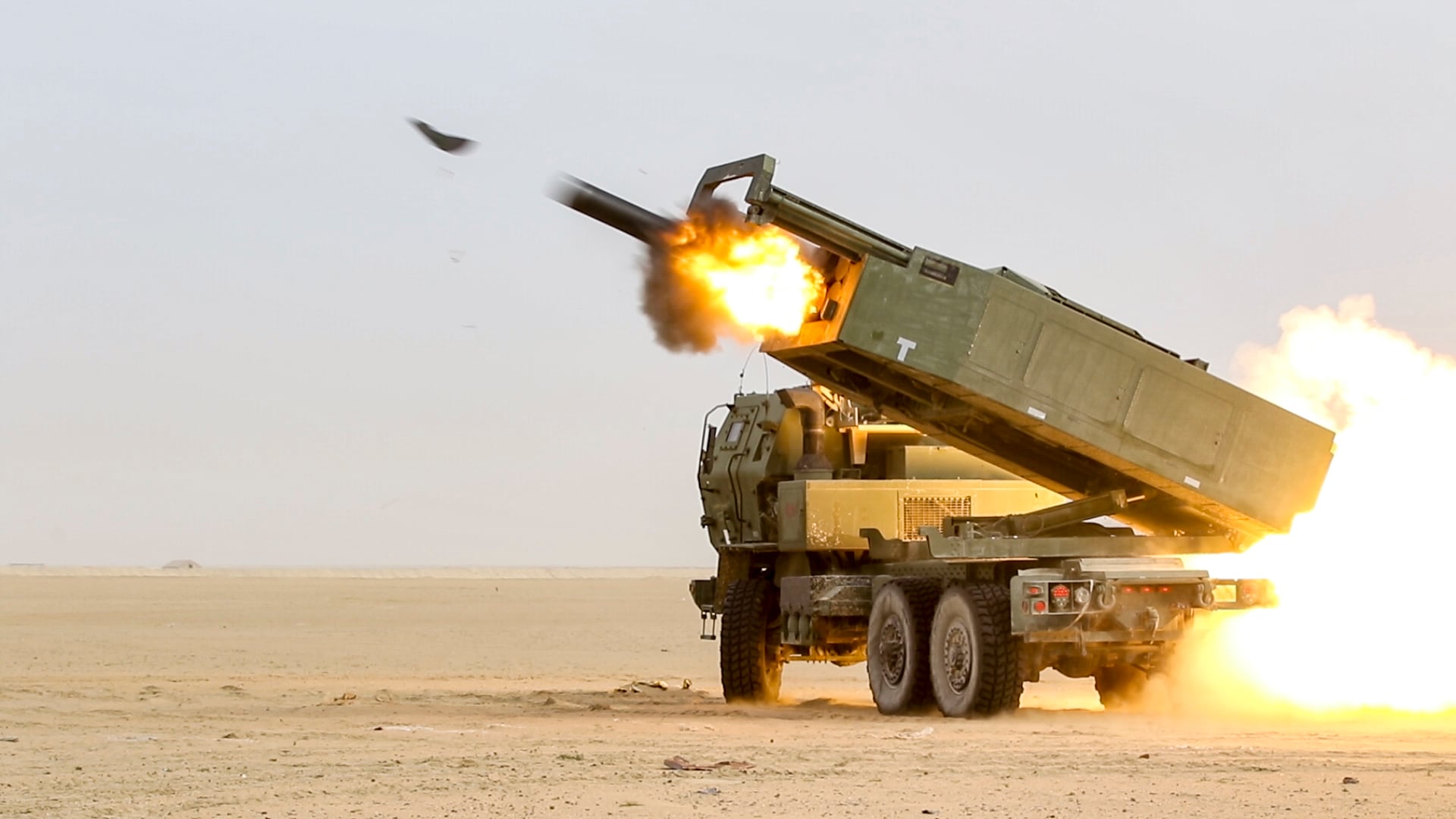WASHINGTON — The first flight tests for the Army Tactical Missile System (ATACMS) replacement won’t happen until the end of year, according to the director in charge of Long-Range Precision Fires (LRPF) modernization.
Raytheon and Lockheed Martin are competing against each other to provide the Army with a future Precision Strike Missile (PrSM), which is expected to be fielded initially in 2023.
Each vendor’s missiles were supposed to go through first flight tests this summer at White Sands Missile Range, New Mexico, but now tests won’t begin until November and then subsequently December, Col. John Rafferty, the director of the LRPF cross-functional team, said at the Center for Strategic and International Studies July 18. Each vendor will be tested separately.
RELATED

The reason for the delay isn’t due to range issues or any possible adjustments to the program related to the fact that the Army will soon be able to extend the range requirement for PrSM beyond 499km as the United States prepares to withdraw from the Intermediate-Range Nuclear Forces Treaty in 10 days.
The INF Treaty was an agreement between the U.S. and Russia to eliminate all nuclear and conventional, ground-launched ballistic and cruise missiles within the range of 500 and 5,500 kilometers.
RELATED

While Rafferty was cryptic, he said, “There were a couple of technical issues that caused us to delay about 90 days for the flight test. … There was a mishap at a facility that caused some of the delay, followed by mother nature … extreme weather that made repair at that facility near impossible for a period of time.”
When pressed, Rafferty added that the mishap was not at a Raytheon or Lockheed facility, but a sub-vendor both teams are using.
Despite the minor delay in kicking off flight tests for PrSM, Rafferty said there are bigger challenges ahead for the program.
The Army has set an ambitious schedule; wrapping up flight tests in 2021 with a plan to field in 2023. The schedule was accelerated by four years compared to the original program prior to the service declaring LRPF as its top modernization priority. That came along with the standing up of a four-star command aimed at rapidly advancing programs deemed vital to maintaining overmatch against peer adversaries.
“I’m concerned about the spiral technology and ensuring that we are prepared … to get the base missile out. You can pull some things to the left but it’s hard to pull [science and technology] to the left to because that takes time to accomplish,” Rafferty said.
RELATED

“Right now that is not entirely synchronized with the plan that we have to get the seeker there,” he added, but said the Army recognizes the risk and is working hard with the service’s aviation and missile community to develop and collaborate with industry partners early, especially related to the seeker.
The Army’s goal is to first develop PrSM to be used as an anti-ship missile, but it can’t just take one of the Navy’s missile seekers to get after the problem, Rafferty explained, as all of those are “sea-skimming” and look at targets on the horizon. A seeker in PrSM will have to look from the top down.
“Right now there really isn’t anything that does that. It doesn’t mean there isn’t a capability that could be learned,” Rafferty said, adding a number of S&T program are addressing this problem, and while there are no “plug-and-play” options, there are some solutions “that are close.”
The Army is also considering where it might test the PrSM offerings when the service is able to extend the range beyond 499km.
White Sands has range limitations, so the service would need to consider possibilities like the Pacific, such as tests out of Vandenberg Air Force Base in California or the Reagan Test Center in Kwajalein Atoll.
And once a range is chosen, the Army will have to move all of its tests assets from White Sands to the new location.
Rafferty added the Army wants to be able to test longer ranges for PrSM within future exercises to make testing more robust and to learn more about operational capability.
Getting out to longer ranges won’t be that hard for either Raytheon or Lockheed. Both models show it would be possible to extend the range, Rafferty said, and while it won’t be a competition to see which offering can get out the farthest, he added that range would be a factor when considering which vendor will ultimately be chosen to build the missile.
“Range will be one factor for evaluation, but growth is another one,” Rafferty said.
Jen Judson is an award-winning journalist covering land warfare for Defense News. She has also worked for Politico and Inside Defense. She holds a Master of Science degree in journalism from Boston University and a Bachelor of Arts degree from Kenyon College.








